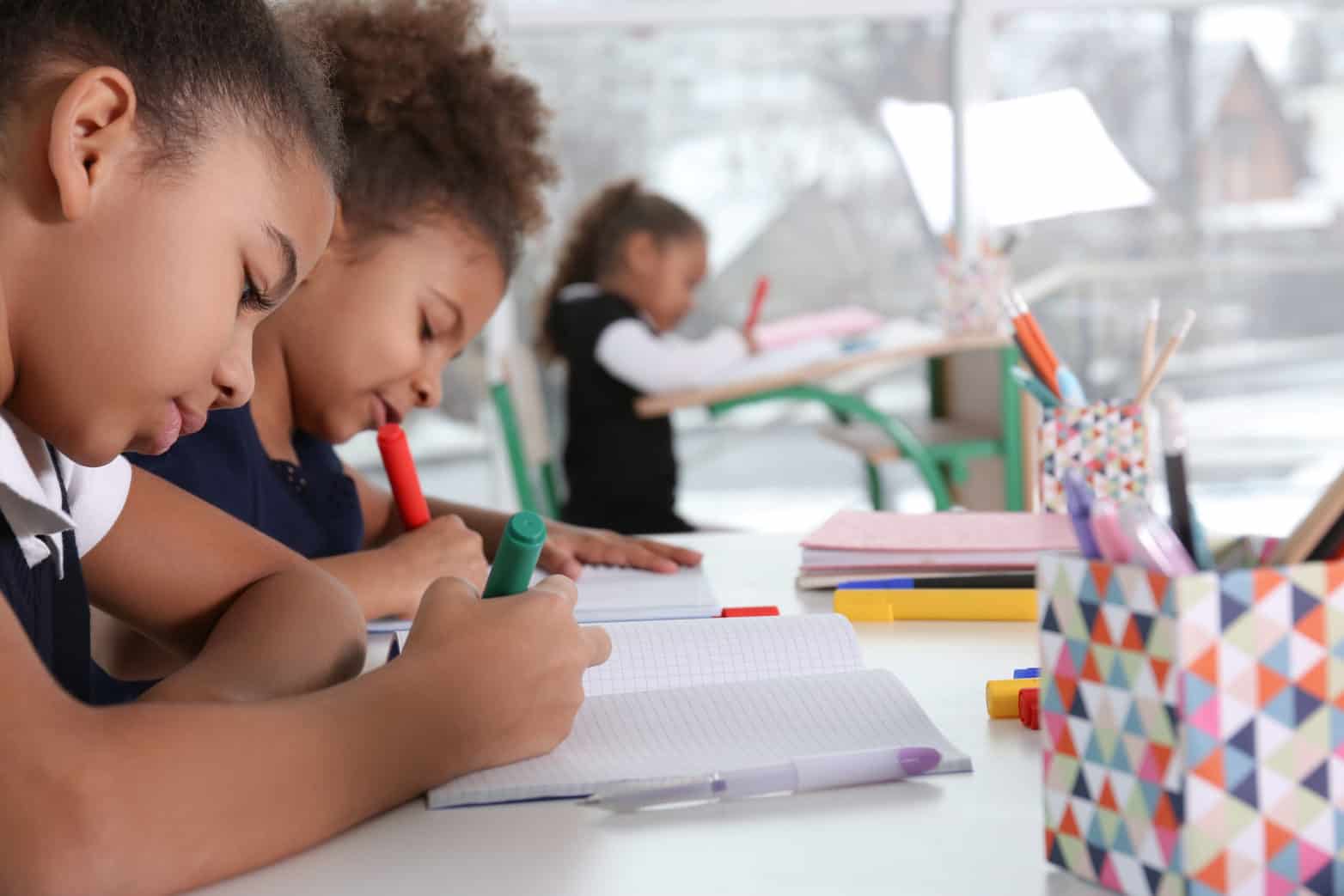Making the case for diverse, complex texts
As an instructional coach, I get to work with dozens of educators every year who are passionate about racial justice. It’s inspiring to see how teachers are questioning what makes literature worthwhile, reflecting on their own mindsets, and including more Asian, Black, Indigenous, Latine, and People of Color (ABILPOC) authors in their classroom texts. With greater representation, these stories can disrupt the narrow, dominant narratives prevalent in the English canon.
So, it gives me pause when I think about whether this movement is actually improving student outcomes. We have all seen the data about how ELA proficiency continues to decline, especially for students of color. When faced with the impacts of a pandemic, a devastating teacher shortage, and curricular wars about balanced literacy and “three-cueing,” diversifying texts feels like an achievable goal. Adding to our classroom libraries can be a quick win. New, engaging books convert reluctant readers and boost teacher morale. “More diverse texts” is a checkmark we can make on our concrete action lists toward more abolitionist institutions.
The question I’m wrestling with is this: When teachers are selecting new texts — or allowing students to choose texts — where and how does the Science of Reading play a part?
Teachers are doing exhaustive analyses of texts or entire curricula for adoption, using culturally responsive evaluation tools that center intersectional representation across identities. But if the analysis ends there, what results is a swapping of priorities rather than an expansion of strong instruction. If we truly believe in and hold high expectations for our students, we must also provide them access to rigorous, grade-level materials and tasks. The texts we offer must build their content knowledge, their willingness to grapple with complex text, and their ability to independently make meaning from text.
If we are switching out Macbeth for The Hate You Give, is it because there are too many “dead white guys” in the 9th-grade canon, or is it also because we’re hoping for a “more accessible” text that is a whole lot easier to scaffold? Are we sacrificing rigor and cognitive struggle for texts with language that is more “on the students’ level”? Are we assuming that “these students” are not interested in Shakespeare because of who they are and where they come from?
Recently, I completed the SAP online course, Leveraging Diverse and Complex Text in the Classroom, and was ecstatic to see how closely the facilitators interwove the ELA standards with the “windows” and “mirrors” we all love to embrace. The new qualitative complexity rubric, which adds the layers of bias, dominant culture, marginalization, and teacher/student identity to each feature, is a useful tool for planning instruction around texts. And I couldn’t help but notice the closing reflections of participants in the course, which skewed heavily toward the challenges of representation. Few seemed ready to discuss the appropriate text complexity or scaffolds required to move all students to proficiency. It makes me think of a tweet from Zaretta Hammond, a leader on culturally responsive education before it was “cool”: “The truth of your commitment is evidenced in your literacy rates for Black and Brown children.”
If the books we provide to children aren’t advancing their literacy proficiency, how might we be replicating the centuries-old patterns of oppression in our schools? If our African-American texts center around “engaging, low-lift” stories of violence or our Latinx stories are all about immigration, what messages are we sending about how we honor our students and their rich, diverse experiences? Do James Baldwin, Angela Davis, and Gabriel Garcia Marquez get equal time with Jason Reynolds or Sandra Cisneros in our syllabus?
In my collaborations with teachers this year, I am striving to avoid a “single story” about how to provide all students access to literacy. High-quality, standards-aligned materials cannot do the job alone. Neither can diverse texts.
This year, I am supporting educators to envision their instruction holistically. I am starting with The Opportunity Myth, and connecting it to the Michigan Department of Education’s Equity in Literacy guidance, which aligns nicely with Gholdy Muhammad’s historically responsive literacy model. We investigate how our instructional practice reflects our mindset with Teaching for Equity from Leading Educators We invite teachers to connect literacy to purpose with The Civically Engaged Classroom. In the lower grades, my colleagues install science-based approaches in foundational skills with Equipped for Reading Success. Our team no longer facilitates separate “equity” and “content” sessions for teachers because with an anti-bias lens at the forefront, those objectives are the same.
For my part, I will continue to savor every bite of the “low-hanging fruit” of diverse texts while also promoting expertise in the scientific and technical aspects of reading.
“Leveraging diverse texts” means doing both for our students.





